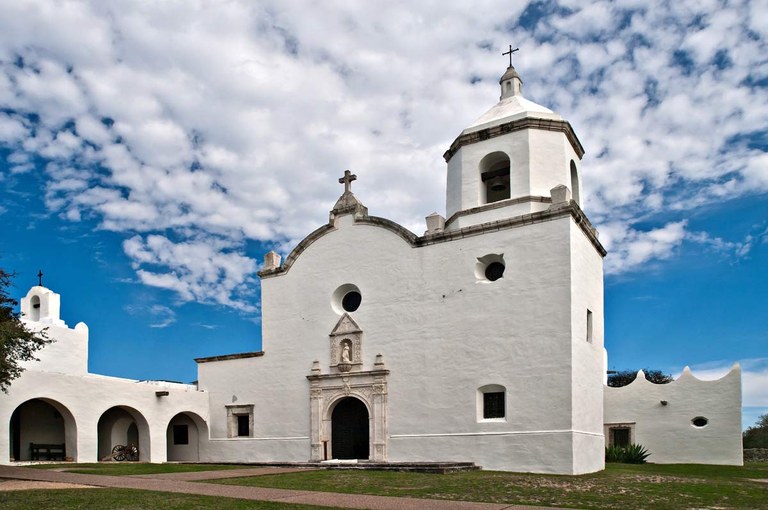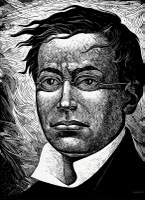From Colony to Republic
Spanish and Mexican Heritage
Spanish explorers first set foot in Texas in the 1500s. Over time, missionaries, soldiers and colonists followed.
Missions were hubs for churches, homes, and farming and ranching. Early towns arose around them.
Missions did not always succeed, however. Native American groups resisted Spanish control; rival European powers claimed territory in the region.
Spanish colonies in the New World grew over the centuries. Their residents formed distinctive communities and cultures. Breaking free from Spain in 1821, Mexico emerged as a new nation. Texas, its northern-most state, remained part of Mexico until 1836.
Goliad State Park & Historic Site
Established in 1749, Mission Espíritu Santo offers a glimpse into the reach and influence of the Spanish Colonial Empire. The mission was also home to the first large-scale ranch in Texas.
Mission Rosario State Historic Site
An 18th-century mission once stood here. Its remains recall the Native American and Hispanic heritage of South Texas.
Mission Tejas State Park
Commemorated here, Mission San Francisco de los Tejas was one of the first Spanish missions in Texas.
Zaragoza Birthplace State Historic Site
Local tradition places the birth of Ignacio Zaragoza - child of Texas and hero of Mexico - at this very spot.
Return to main History & Culture page.


